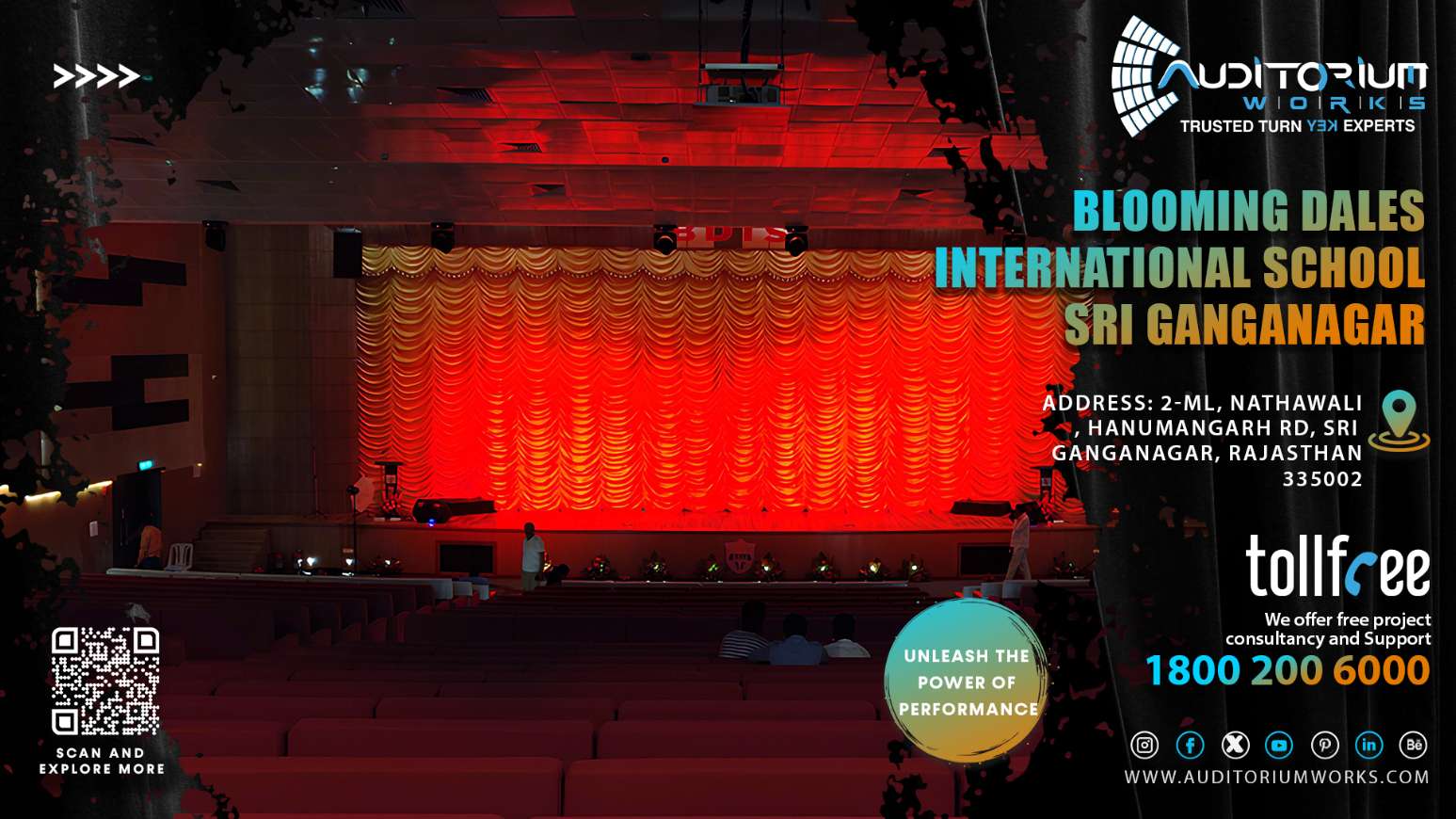“`html
Understanding the Core Principles of Auditorium Design
Creating an impactful auditorium goes beyond simply arranging seats. It requires a holistic understanding of acoustics, sightlines, accessibility, and overall user experience. A successful design harmonizes these elements, transforming a mere space into a vibrant hub for performances, presentations, and community gatherings. Consider the primary purpose of your auditorium – is it geared towards musical performances, lectures, theatrical productions, or a combination? The intended use will heavily influence design choices.
Optimizing Auditorium Acoustics for Clarity and Immersion
Acoustics are paramount. Poor acoustics can ruin even the most captivating performance. Reverberation time, sound diffusion, and sound absorption are key factors to consider. Employing strategically placed acoustic panels, diffusers, and bass traps can control sound reflections and minimize echoes, resulting in clear and balanced audio throughout the auditorium.
Acoustic Materials and Placement
The choice of materials significantly impacts acoustic performance. Hard, reflective surfaces like concrete and glass can create unwanted echoes, while soft, absorptive materials like fabric-wrapped panels and plush seating can dampen sound. Careful consideration must be given to the placement of these materials. For example, reflective surfaces can be used near the stage to project sound to the back of the auditorium, while absorptive materials can be used on the rear walls to prevent reflections from interfering with the sound reaching the audience directly from the stage.
Addressing Noise Control Challenges
External noise can also disrupt the auditorium experience. Implementing soundproofing measures such as double-paned windows, sound-isolating doors, and vibration damping can effectively mitigate outside noise. Internal noise, from HVAC systems or projectors, should also be addressed with appropriate insulation and equipment placement.
Illuminating the Stage: Strategic Auditorium Lighting Design
Lighting is crucial for setting the mood, highlighting performers, and ensuring audience visibility. A well-designed lighting system should be flexible, energy-efficient, and aesthetically pleasing. Consider the types of events that will be held in the auditorium and choose lighting fixtures and controls accordingly.
Types of Lighting and Their Applications
General illumination provides overall lighting for the auditorium. Stage lighting includes spotlights, floodlights, and special effects lighting used to illuminate performers and create dramatic effects. House lighting provides illumination for the audience during intermissions and before and after performances. Emergency lighting is essential for safety and should be separate from the main lighting system.
Control Systems and Energy Efficiency
Modern lighting control systems allow for precise control over individual lights and lighting zones, enabling dynamic and customizable lighting schemes. Integrating energy-efficient lighting technologies, such as LED fixtures, can significantly reduce energy consumption and operating costs.
Comfort and Accessibility: Auditorium Seating Solutions
Comfortable seating is essential for audience enjoyment. Seat selection should consider ergonomics, durability, and aesthetic appeal. Furthermore, ensuring accessibility for all patrons, including those with disabilities, is a critical aspect of auditorium design.
Ergonomics and Seat Spacing
Adequate seat spacing is crucial for legroom and comfortable movement. Ergonomic seating designs provide proper lumbar support and minimize discomfort during long performances. Consider the optimal viewing angles and sightlines when arranging the seating layout.
Accessibility Considerations
Ensure that the auditorium meets all ADA (Americans with Disabilities Act) requirements. This includes providing wheelchair-accessible seating, ramps, and accessible restrooms. Consider providing assistive listening devices for patrons with hearing impairments.
Integrating Technology for a Modern Auditorium Experience
Modern auditoriums rely on technology to enhance the presentation and audience experience. Integrating high-quality audio-visual equipment, projection systems, and control systems is essential for delivering impactful performances and presentations.
Audio-Visual Systems and Integration
The audio-visual system should be designed to provide clear and balanced sound throughout the auditorium. Consider the use of digital signal processors (DSPs) to optimize audio performance. A high-resolution projection system is essential for displaying presentations and video content. Seamless integration of these systems is crucial for ease of use and reliable performance.
Connectivity and Control Systems
Provide ample connectivity options for presenters, including HDMI, USB, and network connections. A centralized control system allows for easy control over lighting, audio, video, and other auditorium functions. Consider integrating wireless presentation systems to facilitate collaboration and engagement.
Working with Auditorium Design Experts
Designing a successful auditorium requires specialized knowledge and expertise. Collaborating with experienced auditorium consultants can help you navigate the complexities of acoustic design, lighting design, seating layout, and technology integration. A consultant can assess your specific needs and develop a customized design solution that meets your budget and goals. They can also help with project management, ensuring that the project is completed on time and within budget.
“`



